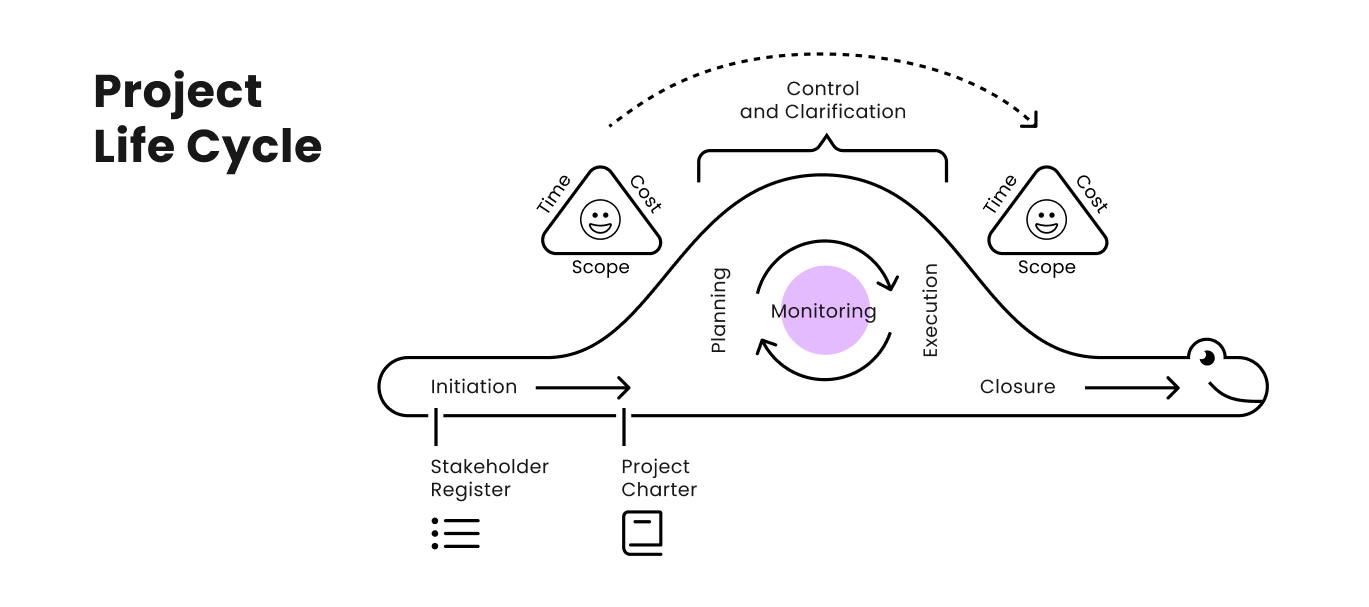Project Closure: A Guide to Wrapping Up Successfully
Project Initiation Phase: Quick Guide To Start Project
Project initiation is the critical first step in the lifecycle of any project. It lays the foundation for everything that follows, from planning and execution to monitoring and closure. This phase is where ideas are transformed into actionable plans, and where the groundwork is laid for project success.
In this article, we will explore what project initiation entails, its objectives, and the critical steps involved.
1. Understanding Project Initiation
Project Initiation Definition
Project initiation is the first phase in the project management lifecycle. It involves the activities and processes necessary to define a new project or a new phase of an existing project. The primary aim of this phase is to determine the project's feasibility, establish its objectives, and gain the necessary approvals to proceed. This stage sets the boundaries for the project and provides a clear direction for all subsequent phases
Project Initiation Objectives
The objectives of the project initiation phase are multifaceted. They include:
- Defining the Project Vision and Objectives: Clearly articulating what the project aims to achieve and its overall purpose.
- Identifying Stakeholders: Recognizing all parties involved or affected by the project, understanding their needs, expectations, and potential impact on the project.
- Establishing Project Scope: Outlining the project boundaries, deliverables, and key activities to prevent scope creep.
- Conducting a Feasibility Study: Assessing the practicality and financial viability of the project to ensure that it is worth pursuing.
- Developing a Project Charter: Creating a formal project initiation document that authorizes the project, summarizing its objectives, scope, stakeholders, and key milestones.
Importance of Project Initiation Process

The project initiation phase is crucial for several reasons:
- Clarifies Objectives and Expectations: By defining clear goals and objectives, the project team can align their efforts with the desired outcomes, ensuring everyone understands what success looks like.
- Engages Stakeholders Early: Early identification and engagement of stakeholders help in understanding their needs and expectations, which can lead to better project buy-in and reduced resistance.
- Prevents Future Issues: Addressing potential challenges and risks at the beginning can save time and resources, preventing issues from becoming major roadblocks later.
- Secures Necessary Resources: By conducting feasibility studies and developing a project charter, project managers can secure the necessary approvals, funding, and resources to move forward with confidence.
- Sets a Clear Path Forward: A well-defined initiation phase creates a roadmap for the project, outlining the steps and processes required to achieve the project goals.
Relationship to Other Project Phases
The project initiation phase is inherently connected to all other phases of the project management lifecycle, including planning, execution, monitoring and controlling, and closure. Decisions made during initiation influence the planning phase, where detailed project plans are developed. These plans then guide the execution and monitoring phases, where the actual work takes place and progress is tracked. Finally, the project closure phase ties back to initiation by ensuring that all objectives and deliverables outlined at the start are completed and evaluated for success.
2. Project Initiation Steps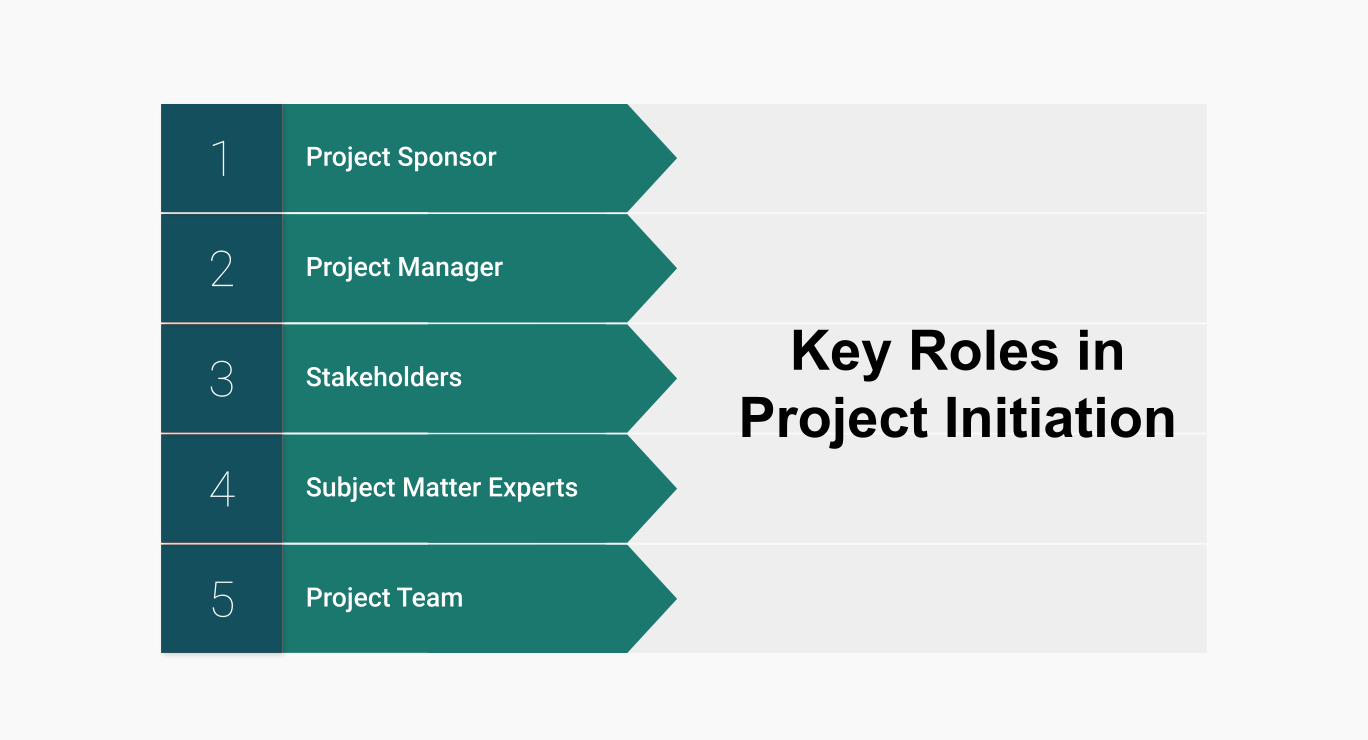
Step 1: Define the Project Objectives
Defining clear and concise project objectives is the cornerstone of the project initiation phase. This involves:
- Goal Setting: Establishing what the project aims to achieve in broad terms.
- SMART Criteria: Ensuring objectives are Specific, Measurable, Achievable, Relevant, and Time-bound.
- Alignment: Making sure the objectives align with the organization's strategic goals.
Step 2: Identify Stakeholders
Identifying stakeholders in the stakeholder registry is crucial for understanding who will be affected by the project and whose support is needed. This step includes:
- Stakeholder List: Creating a comprehensive list of all potential stakeholders.
- Analysis: Assessing their interests, influence, and potential impact on the project.
- Engagement Plan: Developing strategies to engage stakeholders based on their level of interest and influence.
Stakeholder registry is a list where we note all our stakeholders. The register is considered a part of agile internal plans and is subject to refinement and updates, with stakeholders coming and going.
Step 3: Develop a Project Charter
According to a somewhat grim definition from the PMBOK, the project charter is a document issued by the project's initiator or sponsor (identifying the project sponsor is a pre-initiation task) that formally authorizes the project's existence and provides the project manager with the authority to use organizational resources in project operations.
In layman's terms, it's essentially a contract between the sponsor and project manager that outlines what needs to be done and who is responsible.
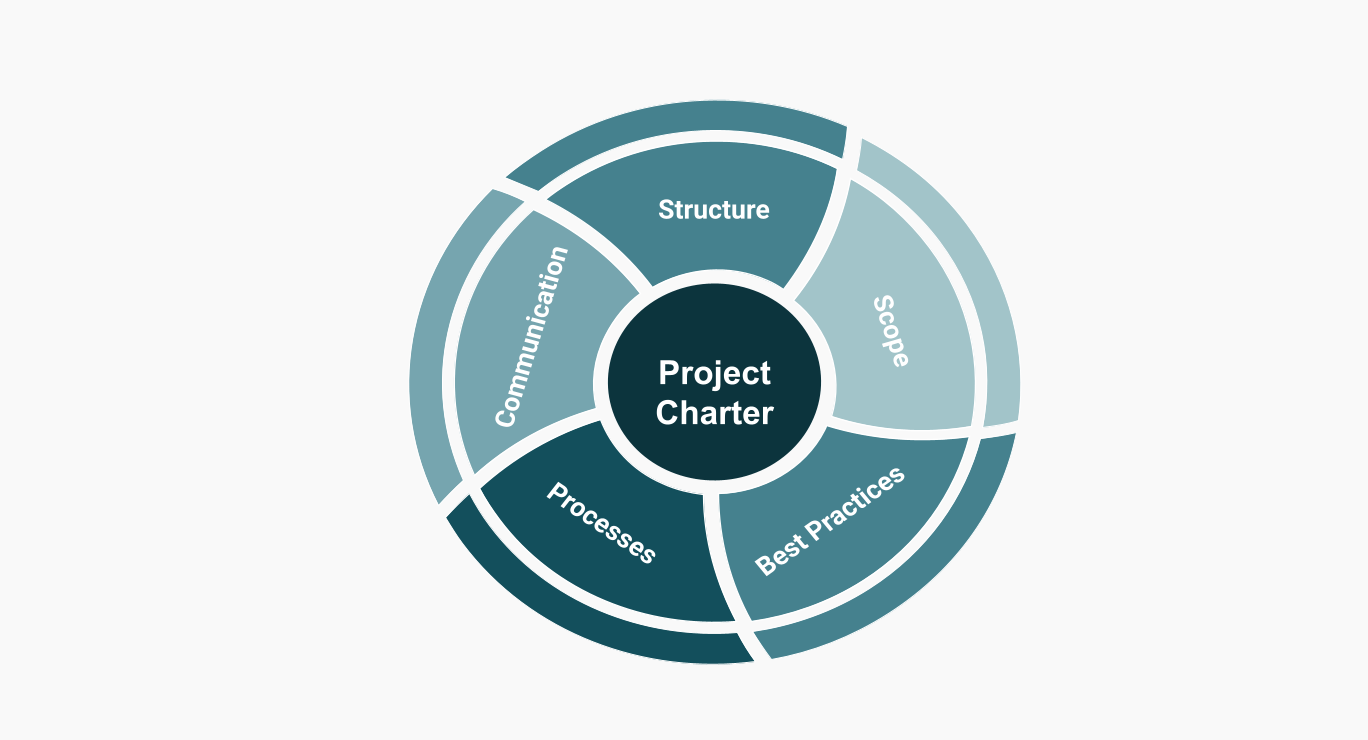 A well-crafted project charter includes:
A well-crafted project charter includes:
- Project Purpose: Clearly states why the project is being undertaken.
- Objectives: Defines specific, measurable goals the project aims to achieve.
- Scope: Provides an overview of what is included and excluded in the project.
- Stakeholders: Lists key stakeholders and their roles.
- Deliverables: Describes the main outputs of the project.
- Milestones: Identifies critical dates or events in the project timeline.
- Budget: Estimates the financial resources required.
- Risks: Highlights major risks and potential impacts.
- Project Manager: Names the project manager and outlines their authority.
Step 4: Conduct a Feasibility Study
Along with the project charter, a feasibility study is another project initiation document that determines whether the project is viable and worth pursuing. It involves:
- Technical Feasibility: Evaluating if the project can be accomplished with the available technology and resources.
- Economic Feasibility: Analyzing the cost-benefit aspects to ensure the project is financially viable.
- Legal and Regulatory Feasibility: Ensuring the project complies with all relevant laws and regulations.
- Operational Feasibility: Assessing if the project aligns with the organization's operational capabilities and goals.
Step 5: Secure Approvals and Funding
Securing necessary approvals and funding is the final step in the project initiation phase. This involves:
- Approval Process: Navigating the organizational processes to get formal approval from decision-makers.
- Funding: Ensuring that the project has the necessary financial resources allocated.
- Documentation: Keeping records of all approvals and funding commitments for future reference.
3. Tools and Techniques for Project Initiation
SWOT Analysis
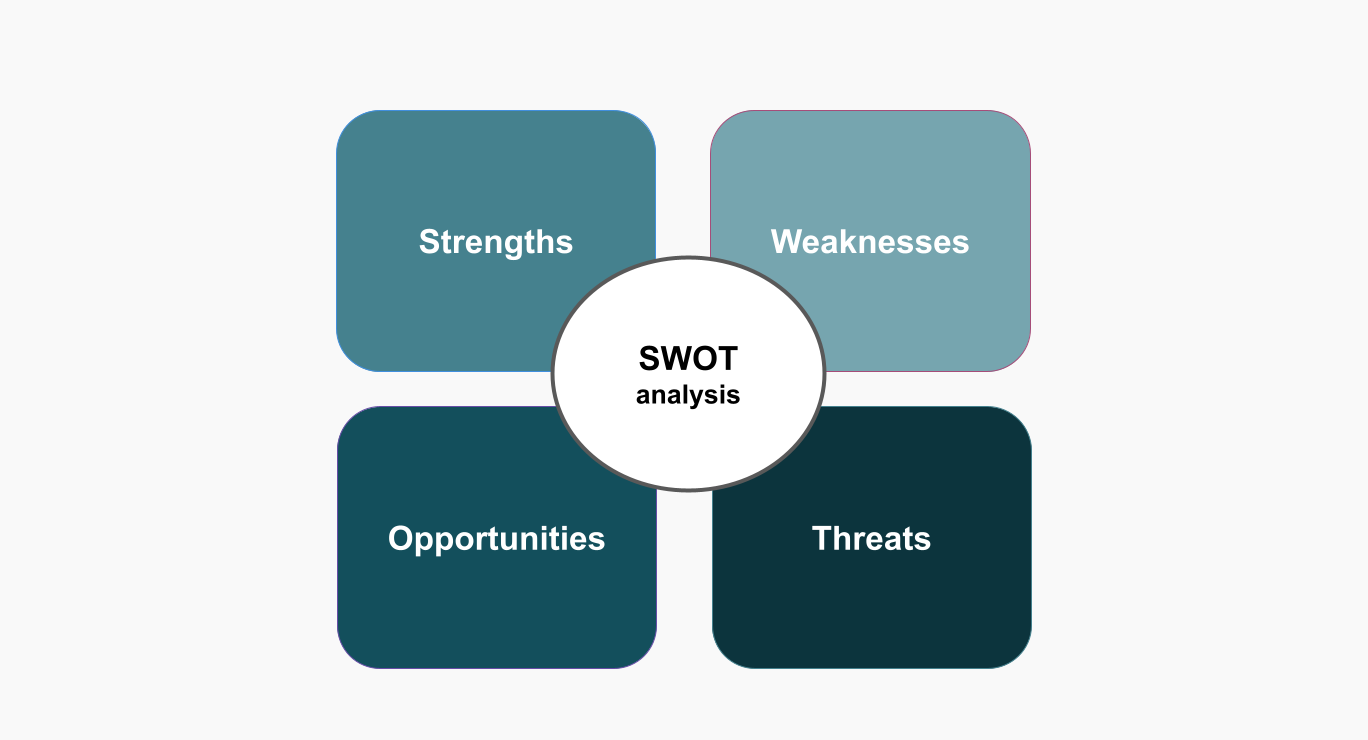
SWOT Analysis is a powerful tool used to evaluate the Strengths, Weaknesses, Opportunities, and Threats related to a project. It helps in understanding the internal and external factors that can impact the project's success.
- Strengths: Identify the project’s internal strengths, such as experienced team members, robust resources, or strong stakeholder support.
- Weaknesses: Recognize internal weaknesses that could hinder the project, such as limited budget, tight schedules, or skill gaps.
- Opportunities: Look for external opportunities that the project can leverage, like market trends, technological advancements, or regulatory changes.
- Threats: Assess external threats that might pose risks to the project, including economic downturns, competitive pressures, or regulatory constraints.
Stakeholder Analysis

Stakeholder analysis is essential for understanding and managing stakeholder expectations and influences. It involves:
- Identification: Listing all potential stakeholders who might be affected by the project or can influence its outcome.
- Classification: Categorizing stakeholders based on their level of interest and influence (e.g., high influence/high interest, low influence/low interest).
- Engagement Planning: Developing tailored strategies to engage each group of stakeholders, ensuring their needs are addressed, and their support is secured.
Risk Assessment
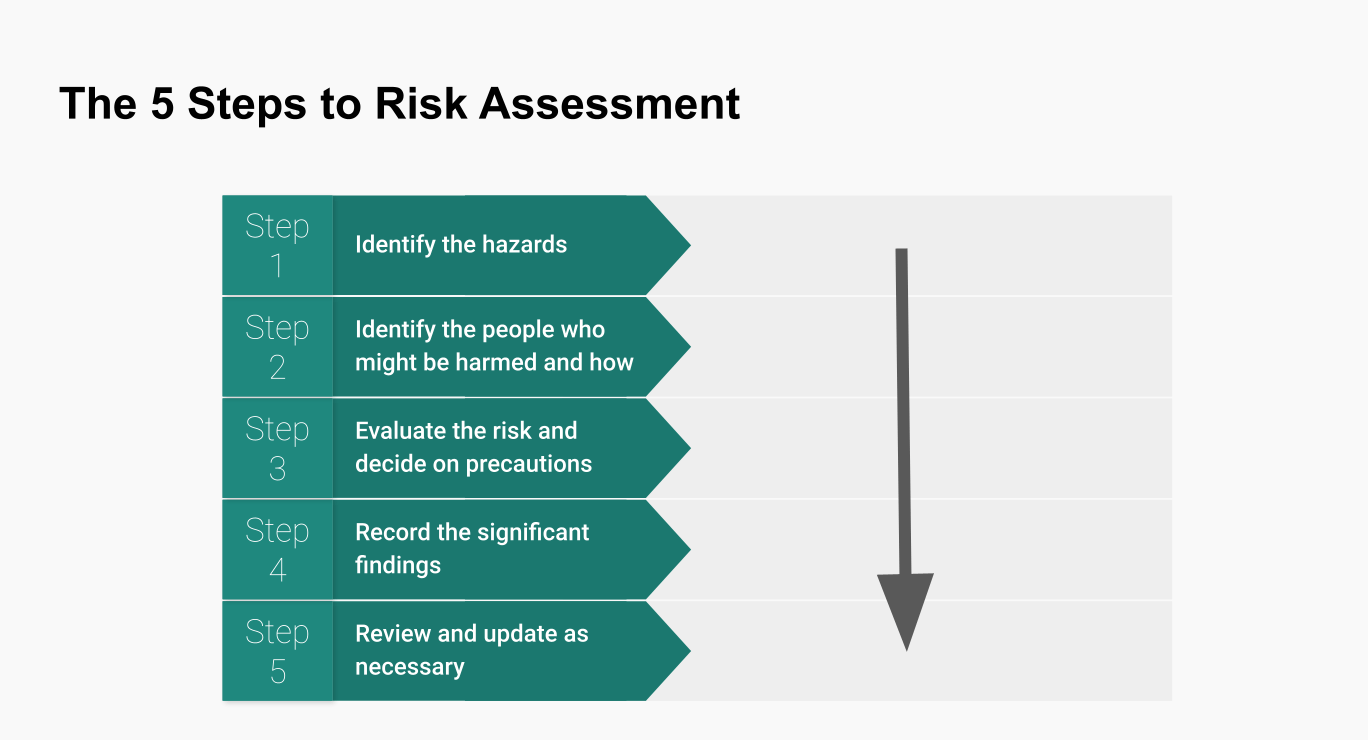 Risk assessment is a critical technique for identifying and analyzing potential risks that could affect the project. It includes:
Risk assessment is a critical technique for identifying and analyzing potential risks that could affect the project. It includes:
- Risk Identification: Listing all possible risks that might impact the project, considering both internal and external factors.
- Risk Analysis: Evaluating the likelihood and potential impact of each risk, prioritizing them based on their severity.
- Risk Mitigation: Developing strategies to mitigate high-priority risks, including contingency plans and proactive measures.
Project Management Software
Project management software tools are invaluable in the initiation phase for organizing, planning, and tracking project activities. Some commonly used tools include:

- Planyway: Provides with all necessary tools for project planning, task management and collaboration features, ideal for team coordination. The app sync with Trello and Jira.
- Microsoft Project: Offers comprehensive project planning, scheduling, and tracking capabilities.
- Trello: Uses a visual board approach to manage tasks and workflows, suitable for agile project management.
- Jira: Tailored for software development projects, offering issue tracking and agile project management features.
These tools help in creating project charters, developing schedules, managing resources, and tracking progress, enhancing overall project efficiency.
4. Project Initiation Checklist
What are the key components of project initiation? By following this project initiation document template, you can ensure that your project is well-defined and has a solid foundation for successful execution.
1. Project Definition
- Project Name: Define the name of the project.
- Purpose: Clearly state the purpose of the project.
- Objectives: List the key objectives that the project aims to achieve.
- Scope: Define what is included in the project scope and what is excluded.
- Deliverables: Identify the main deliverables of the project.
- Success Criteria: Define the criteria for the successful completion of the project.
2. Stakeholder Identification
- Stakeholder List: Identify all stakeholders and their roles.
- Stakeholder Analysis: Assess stakeholder interests, influence, and impact on the project.
3. Project Team
- Team Members: Identify project team members and their roles.
- Responsibilities: Clearly define responsibilities and expectations for each team member.
4. Project Plan Development
- Work Breakdown Structure (WBS): Break down the project into smaller, manageable components.
- Schedule: Develop a project schedule with timelines and milestones.
- Budget: Estimate the project budget, including costs for resources, equipment, and other expenses.
- Resource Plan: Identify necessary resources (personnel, equipment, materials).
5. Risk Management
- Risk Identification: Identify potential risks that could impact the project.
- Risk Analysis: Assess the likelihood and impact of each risk.
- Risk Mitigation Plan: Develop strategies to mitigate or manage identified risks.
6. Communication Plan
- Communication Matrix: Define how information will be communicated within the project team and to stakeholders.
- Reporting Schedule: Establish a schedule for regular progress reports and updates.
7. Quality Management
- Quality Standards: Define the quality standards for project deliverables.
- Quality Assurance Plan: Develop a plan to ensure quality standards are met throughout the project.
8. Procurement Plan
- Procurement Needs: Identify what goods and services need to be procured for the project.
- Vendor Selection: Develop criteria for selecting vendors and suppliers.
- Contract Management: Plan for managing contracts and vendor relationships.
9. Project Governance
- Decision-Making Process: Define how decisions will be made and who has the authority to make them.
- Escalation Process: Establish a process for escalating issues that cannot be resolved within the project team.
10. Documentation and Sign-off
- Project Charter: Create a project charter that outlines the project’s objectives, scope, and stakeholders.
- Kick-off Meeting: Schedule and conduct a project kick-off meeting to ensure all team members and stakeholders are aligned.
- Approvals: Obtain necessary approvals and sign-offs from key stakeholders.
Additional Considerations
- Change Management Plan: Develop a plan to manage changes to the project scope, schedule, and budget.
- Training Plan: Identify any training needs for the project team or end-users.
- Project Management Tools: Select and set up any project management tools that will be used.
5. Case Studies or Examples
Successful Project Initiation
Case Study 1: Implementing a New CRM System

Background: A mid-sized company aimed to implement a new Customer Relationship Management (CRM) system to streamline its sales and customer service processes.
Project Initiation Steps:
- Define Objectives: The primary objectives were to improve customer data management, enhance customer service efficiency, and increase sales team productivity.
- Identify Stakeholders: Key stakeholders included the sales team, customer service representatives, IT department, and senior management.
- Develop a Project Charter: The project charter outlined the project's scope, including CRM system requirements, budget constraints, and a timeline.
- Conduct a Feasibility Study: The feasibility study evaluated various CRM solutions, considering technical compatibility, cost, and user-friendliness.
- Secure Approvals and Funding: The project secured approvals from senior management and allocated a budget for purchasing the CRM system and training staff.
Outcome: The project initiation phase ensured that all stakeholders were aligned, potential risks were identified, and a clear roadmap was established. The CRM system was successfully implemented, leading to improved customer satisfaction and increased sales efficiency.
Case Study 2: Construction of a New Office Building

Background: A growing tech company planned to construct a new office building to accommodate its expanding workforce.
Project Initiation Steps:
- Define Objectives: The objectives were to create a modern, sustainable office space that could house 500 employees and foster collaboration and innovation.
- Identify Stakeholders: Stakeholders included company executives, employees, architects, construction firms, and local government officials.
- Develop a Project Charter: The charter detailed the project’s scope, including building design, sustainability goals, budget, and a projected completion date.
- Conduct a Feasibility Study: The feasibility study assessed the site location, regulatory requirements, environmental impact, and financial feasibility.
- Secure Approvals and Funding: Approvals were obtained from local authorities, and financing was secured through a combination of company funds and bank loans.
Outcome: Effective project initiation ensured comprehensive planning and stakeholder engagement. The construction project was completed on time and within budget, providing a state-of-the-art workspace that supported the company’s growth and innovation goals.
Lessons Learned
Case Study 3: Launching a New Product Line
 Background: A consumer electronics company aimed to launch a new line of smart home devices.
Background: A consumer electronics company aimed to launch a new line of smart home devices.
Project Initiation Steps:
- Define Objectives: The goals were to enter the smart home market, capture market share, and generate significant revenue within the first year.
- Identify Stakeholders: Key stakeholders included the product development team, marketing department, sales team, suppliers, and customers.
- Develop a Project Charter: The charter outlined product specifications, target market, marketing strategy, budget, and key milestones.
- Conduct a Feasibility Study: The feasibility study analyzed market trends, competitor products, production costs, and potential profit margins.
- Secure Approvals and Funding: Approvals were obtained from the board of directors, and funding was allocated for product development, marketing, and initial production runs.
Challenges and Lessons Learned:
- Ambiguous Objectives: Initial objectives were too broad, leading to scope creep. Refining and clarifying objectives early on could have prevented this issue.
- Stakeholder Conflict: Conflicts arose between the product development and marketing teams. Regular communication and conflict resolution strategies should have been established from the outset.
- Resource Constraints: Limited resources during peak development phases caused delays. Better resource planning and allocation could have mitigated this problem.
Outcome: Despite the challenges, the project initiation phase provided a solid foundation. The product line was eventually launched successfully, but the lessons learned highlighted the importance of clear objectives, effective stakeholder management, and thorough resource planning.
6. Questions to Ask During Project Initiation
By asking these questions, you can gain a comprehensive understanding of the project and ensure that all necessary aspects are considered and planned for during the initiation phase.
1. Project Objectives and Scope
- What are the primary goals and objectives of the project?
- What specific problems are we trying to solve with this project?
- What is included in the project scope?
- Are there any exclusions or boundaries for the project scope?
2. Stakeholders
- Who are the key stakeholders for this project?
- What are the expectations and interests of each stakeholder?
- How will stakeholders be involved in the project?
- Are there any stakeholder concerns or potential conflicts to address?
3. Deliverables
- What are the major deliverables of the project?
- Are there any specific quality standards or criteria for these deliverables?
- What are the acceptance criteria for the project deliverables?
4. Timeline and Milestones
- What is the project timeline?
- What are the key milestones and deadlines?
- Are there any critical dependencies that could impact the schedule?
5. Budget and Resources
- What is the estimated budget for the project?
- Are there any budget constraints or limitations?
- What resources (personnel, equipment, materials) are required?
- Are there any resource constraints or availability issues?
6. Risk Management
- What are the potential risks and challenges for the project?
- How will we identify and assess risks throughout the project?
- What are the strategies for mitigating or managing identified risks?
7. Communication Plan
- How will we communicate project progress to stakeholders?
- What is the frequency and format of project updates and reports?
- Who is responsible for communication and reporting?
8. Quality Management
- What are the quality standards for the project deliverables?
- How will we ensure that quality standards are met?
- What processes will be used for quality assurance and control?
9. Procurement and Vendors
- Are there any procurement needs for the project?
- What criteria will be used to select vendors and suppliers?
- How will we manage vendor relationships and contracts?
10. Project Governance
- What is the decision-making process for the project?
- Who has the authority to make key project decisions?
- What is the process for escalating issues or concerns?
11. Documentation and Approvals
- What documentation is required for the project?
- Who needs to approve the project plan and key deliverables?
- What is the process for obtaining necessary approvals and sign-offs?
12. Change Management
- How will changes to the project scope, schedule, or budget be managed?
- What is the process for submitting and approving change requests?
- How will changes be communicated to the project team and stakeholders?
13. Training and Support
- Are there any training needs for the project team or end-users?
- What support will be available during and after project implementation?
14. Success Criteria
- How will we measure the success of the project?
- What are the key performance indicators (KPIs) for the project?
- How will we ensure that the project meets its objectives and delivers value?
How Long Does Project Initiation Take?
The duration of the project initiation phase can vary widely depending on the size, complexity, and specific requirements of the project. Generally, project initiation can take anywhere from a few days to several weeks or even months for larger and more complex projects.
Conclusion
In summary, investing time and effort in the project initiation phase is crucial for setting a strong foundation for any project. By following best practices and leveraging the right tools and techniques, project managers can ensure that their projects are well-planned, strategically aligned, and poised for success. As the first step in the project management journey, a well-initiated project is a significant step toward achieving desired goals and delivering value to stakeholders.
